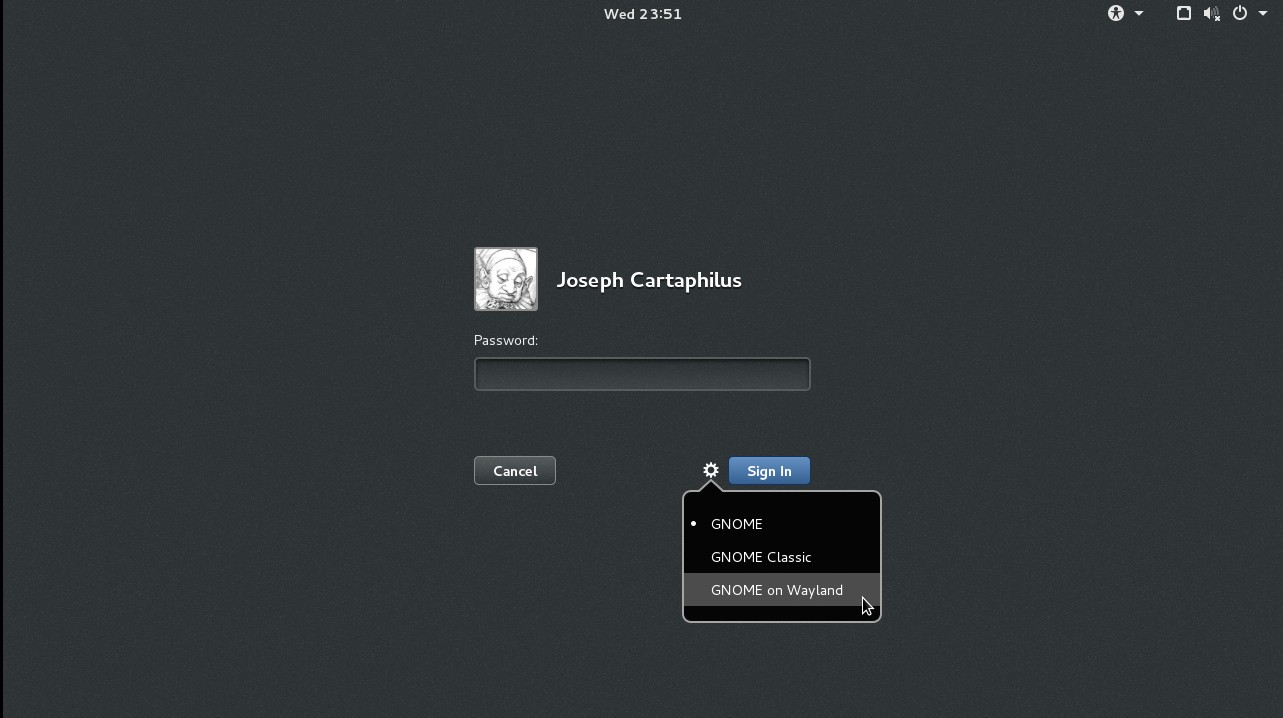
map from http://maps.stamen.com/
Matthias Clasen — GTK+ Developer and Fedora contributor — talked this morning at Flock 2014 asking the question: Where’s Wayland?
He actually answered the question in the first minute of his talk — Wayland is about 25KM west of Boston. It turns out that the new X server replacement for Fedora is named after the small town Wayland in Massachusetts, USA.
Matthias goes on to point out that Wayland is actually not that hard to find in Fedora either — while it won’t be the default display server in Fedora 21, it is already including in the upcoming release for users to try out and test. To try out Wayland for yourself, just install the gnome-session-wayland-session package from the repositories, then select the GNOME on Wayland option from the session chooser when logging into your profile.
Matthias also stated in the talk that the goal for Wayland support in Fedora 21 is to be “day to day usable”, and the ultimate goal for Wayland support in general will be that the end user won’t notice the difference between running Wayland or X Windows. He did note that while the GTK backend on Wayland is pretty solid and mature, there are some gaps, notably the lack of support for drag and drop capabilities, and configuring input devices (although input devices themselves do work). Also, Wacom drawing tablets are not supported at this stage, but this is being actively worked on and should be supported soon after the release of Fedora 21.
The talk also covered in his talk a brief history of Wayland, covering some of the previous projects that attempted to replace X, including fresco, GGI, DirectF8. Work on Wayland actaully began back in 2008 shortly after Kernel Mode Setting (KMS) was integrated in the Linux kernel, and work on the GTK+ backend began in 2010, and version 1.0 of Wayland was released in 2012. Development work on the GNOME support for Wayland began in 2013, and experimental support was released with GNOME 3.10 (Fedora 20), and the GNOME 3.12 release saw more complete support for Wayland on GNOME.
Matthais’ talk also covered a definition of what Wayland actually is (it’s a protocol), and an overview of how it is implemented in the stack, and the design principles behind Wayland such as “every frame is perfect”, “client side everything”, and “compositing at the core”.
Check out the entire video of the talk in full to get all the information about Wayland and Fedora.





